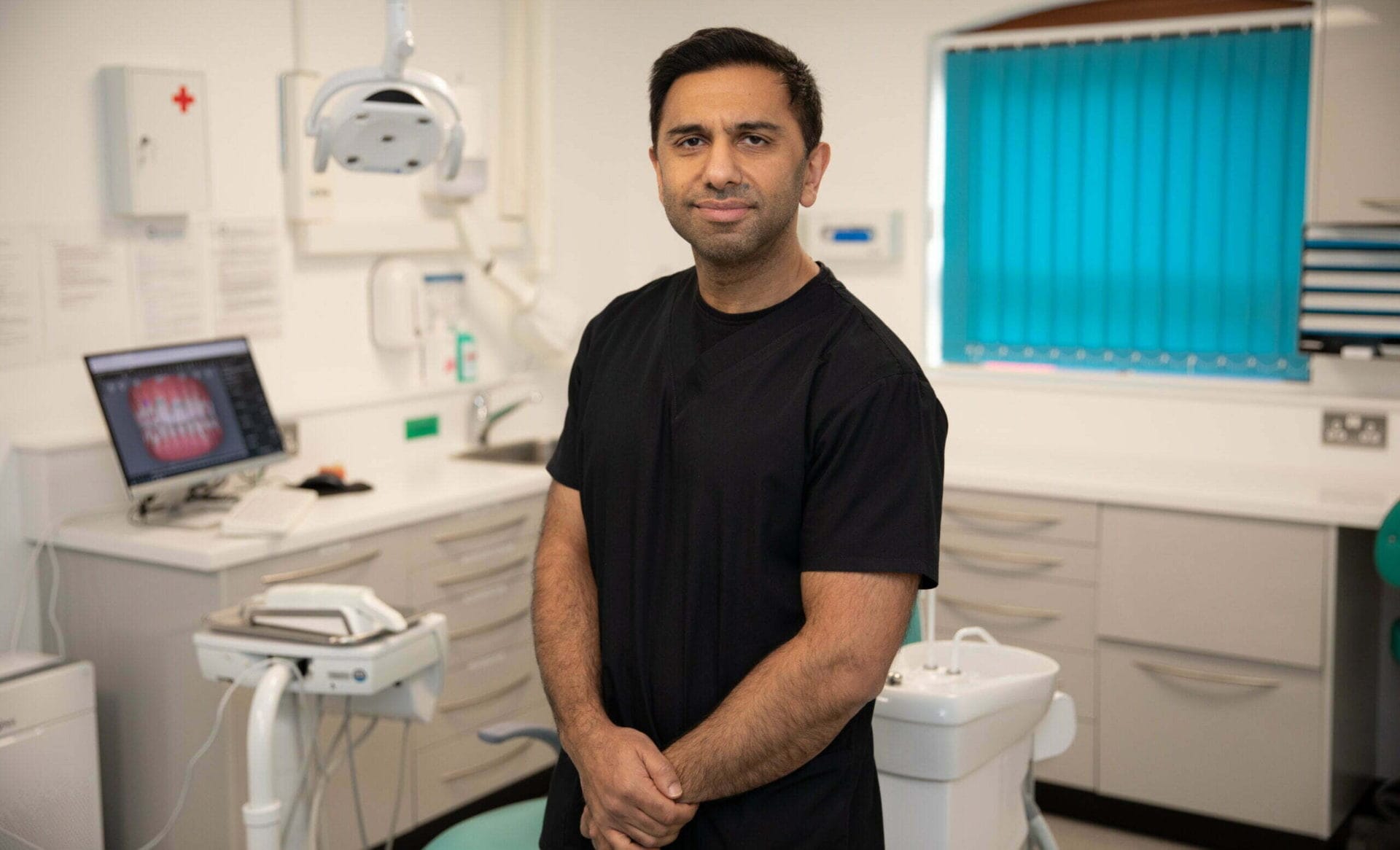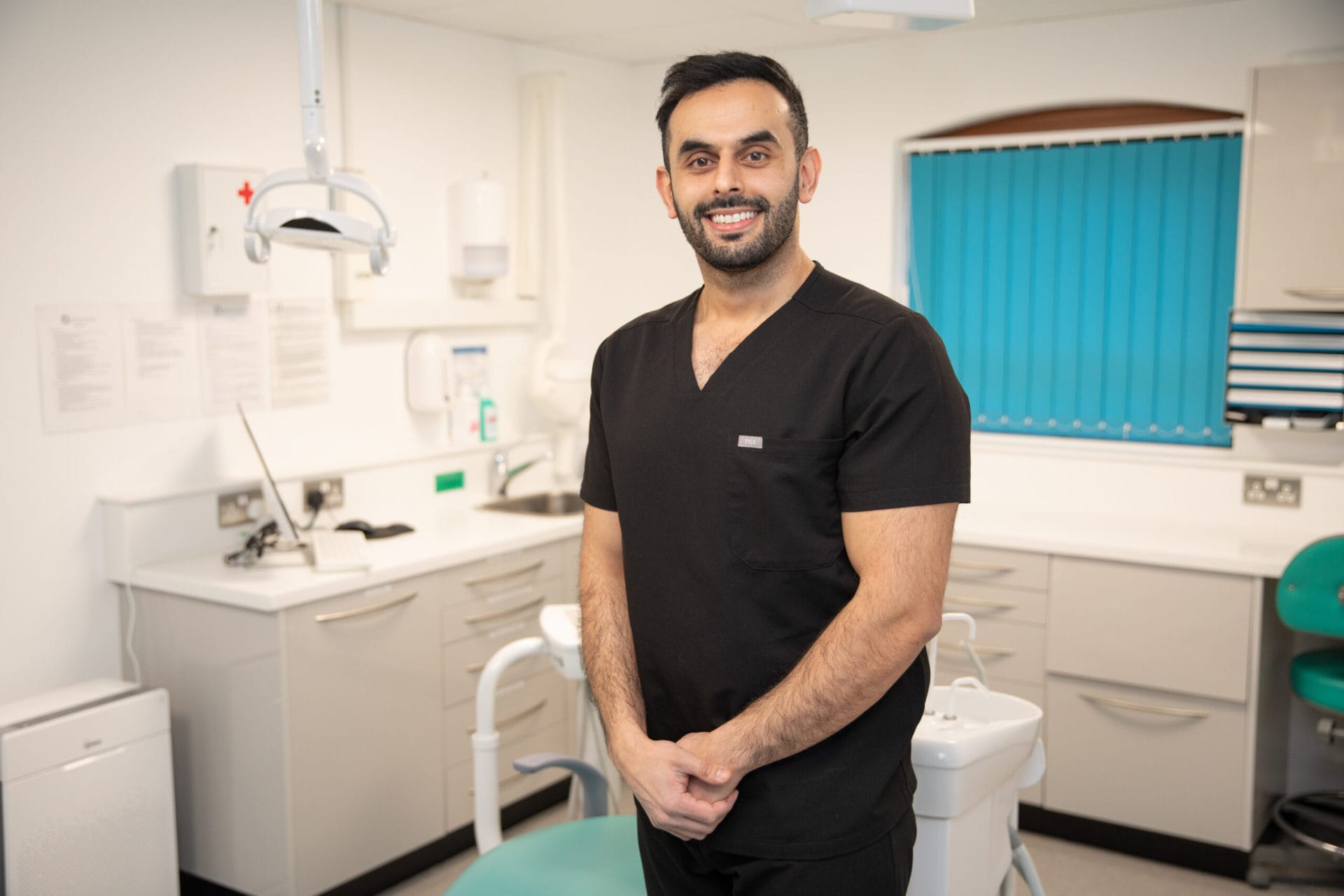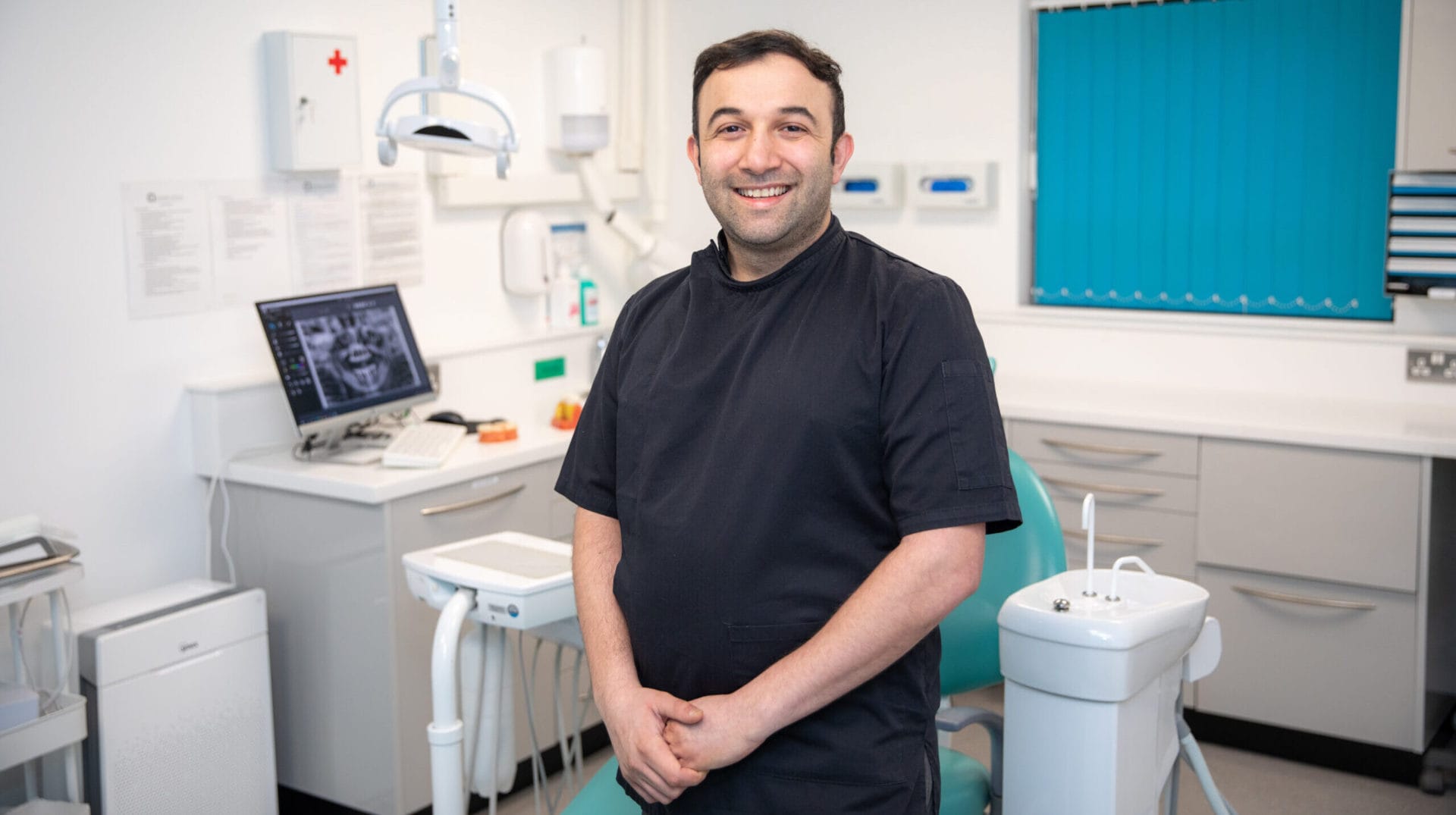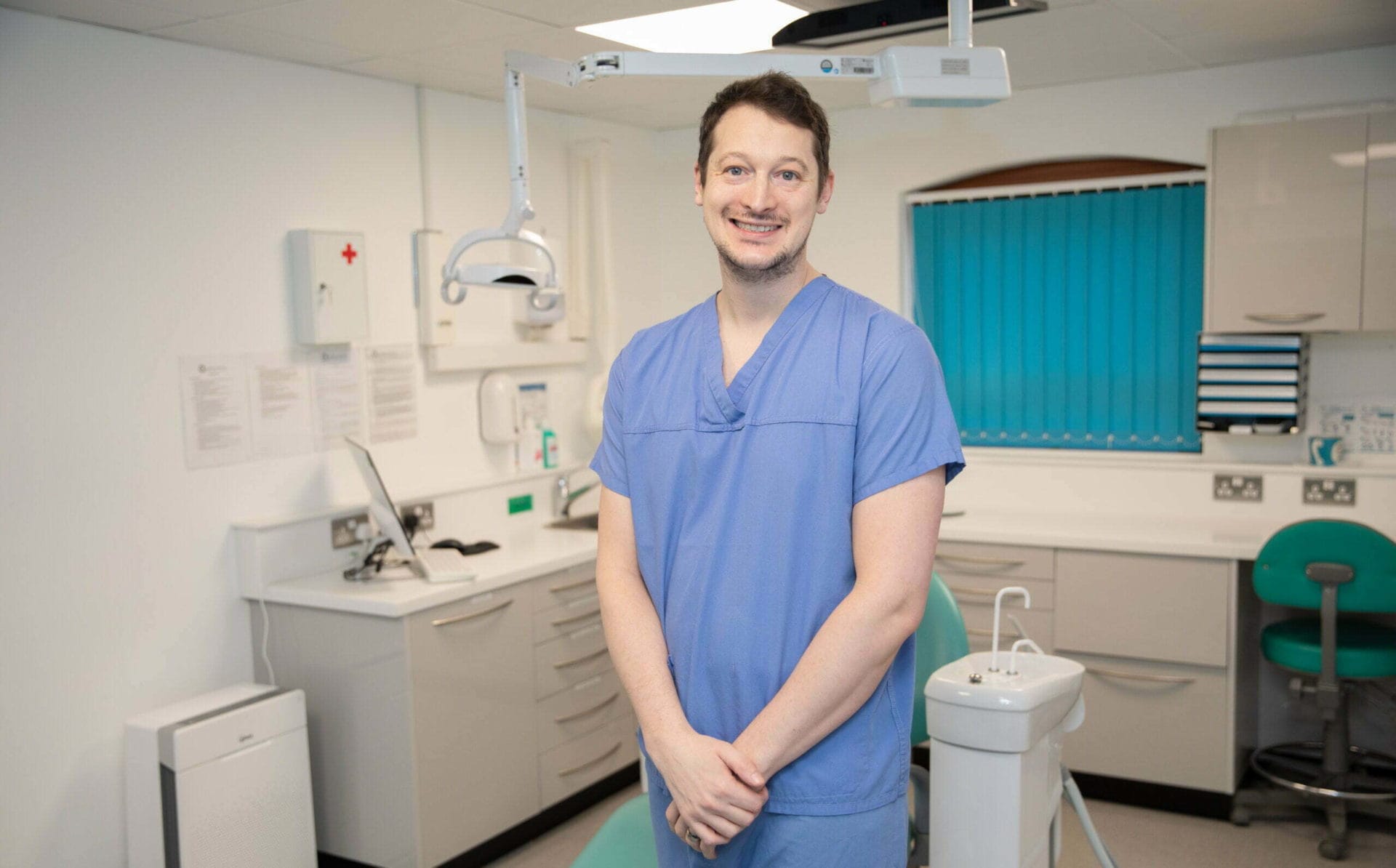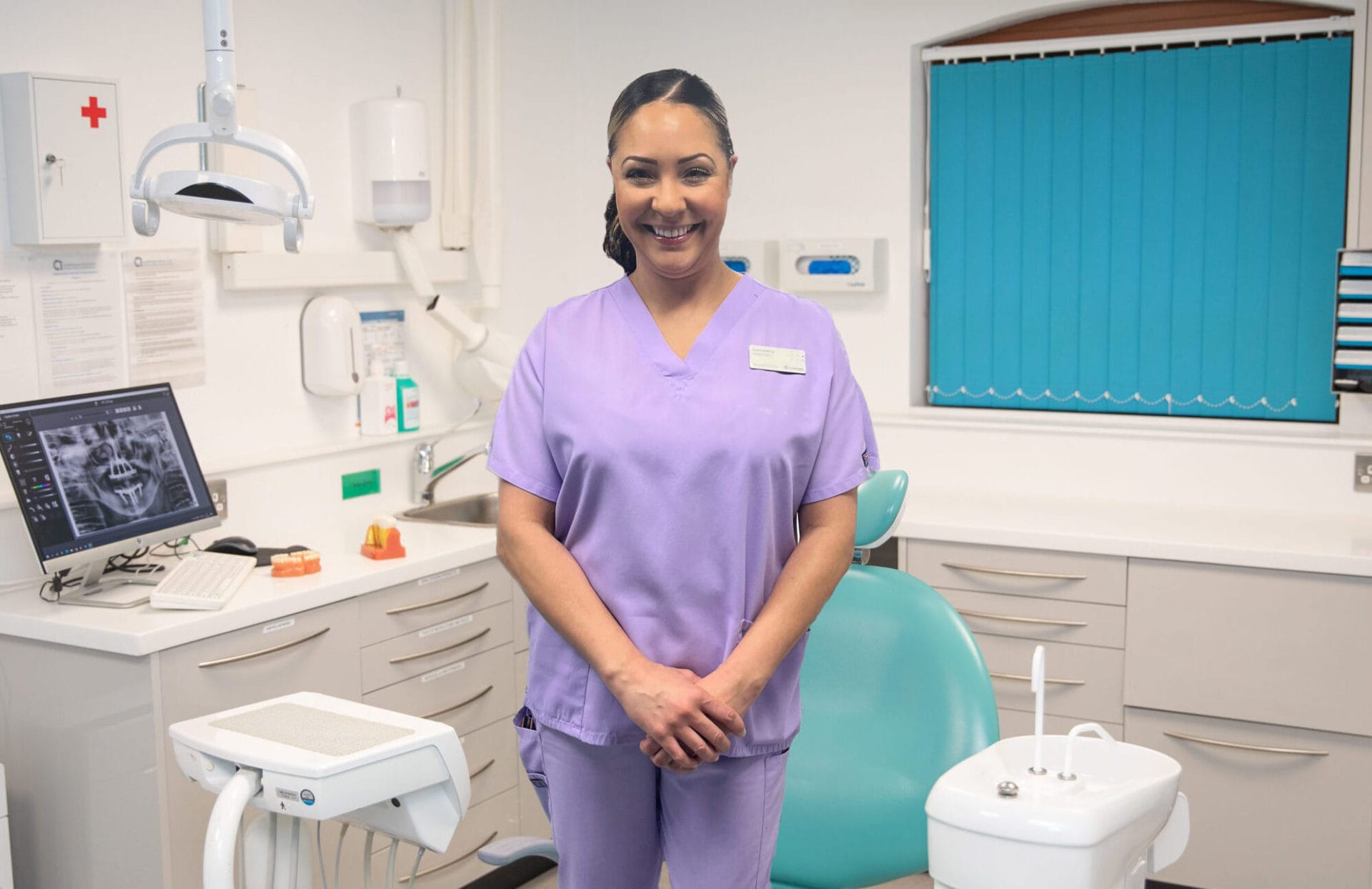What does really work in treating gum disease?
Gum disease is one of the most common oral health issues. It can start with mild symptoms like bleeding gums or bad breath, but if left untreated, it can lead to tooth loss. Understandably, many people search online for how to cure gum disease without a dentist — either because of cost, anxiety, or lack of time.
While some home care techniques can help manage mild gum issues, it’s important to know what works, what doesn’t, and when to see a professional. In this article, we’ll cover practical steps you can take at home, supported by science, and explain how we can help at Aesthetique Dental Care in Leeds.

What is gum disease?
Gum disease (also known as periodontal disease) is an infection of the tissues that hold your teeth in place. It’s usually caused by plaque build-up, which hardens into tartar and leads to inflammation. The early stage is called gingivitis. If it progresses to periodontitis, it can damage the bone that supports your teeth.
Common signs include:
Bleeding gums when brushing or flossing
Swollen, red, or tender gums
Bad breath that doesn’t go away
Receding gums
Loose teeth (in advanced stages)
You can read more about professional diagnosis and treatment on our Gum Disease Treatment page.
Can you really cure gum disease at home?
Let’s be clear: you can improve mild gum problems at home, especially in the early stages, but moderate to severe gum disease will almost always need professional care.
However, for those asking how to cure gum disease without a dentist, here are steps that can support gum health and possibly reverse early gingivitis.
1. Improve your brushing technique
It sounds simple, but brushing correctly makes a big difference. Use a soft-bristled toothbrush and brush for two minutes, twice a day. Angle the brush at 45 degrees to the gum line and use gentle, circular motions. Brushing too hard can cause more harm than good.
Electric toothbrushes can be more effective, especially those with pressure sensors and timers. At Aesthetique Dental, we often recommend them to patients with early gum issues.
2. Floss (or use interdental brushes) daily
Cleaning between your teeth is just as important as brushing. If flossing feels awkward, try interdental brushes or water flossers. These remove plaque where toothbrushes can’t reach and are key to controlling gum inflammation.
We cover this as part of our Routine Care appointments to ensure your daily habits are working for you.
3. Use an antibacterial mouthwash
A good antibacterial mouthwash can reduce the bacteria that contribute to gum disease. Look for one with chlorhexidine or essential oils. Avoid mouthwashes with alcohol if you have sensitive gums.
According to Cleveland Clinic, using the right mouthwash can reduce plaque and improve early gum inflammation.
4. Natural remedies that may help
If you’re looking at how to cure gum disease without a dentist, some natural remedies have shown limited benefits — but they should never replace professional care.
- Saltwater rinses: Help reduce swelling and kill bacteria. Mix ½ tsp of salt in a glass of warm water, swish for 30 seconds, and spit.
- Oil pulling: Swishing coconut or sesame oil may reduce bacteria, although the evidence is limited.
- Green tea: Contains antioxidants that may support gum health. Drinking it regularly could help reduce inflammation.
Check this list of home remedies from Healthline and Guardian Life for more.
5. Visit the dental hygienist - it makes a huge difference
While this technically involves a dental visit, seeing a dental hygienist is one of the most effective ways to manage and prevent gum disease.
At Aesthetique Dental, our hygiene team provides:
- Deep cleaning (scaling and polishing)
- Personalised oral hygiene advice
- Long-term gum maintenance plans
Many patients who ask how to cure gum disease without a dentist don’t realise that a hygiene visit is often less intimidating, quicker, and more affordable than they expect.
We recommend regular hygiene appointments every 3–6 months, depending on your gum health.
What you can’t do at home
If gum disease has progressed to periodontitis, home care alone won’t reverse it. Once tartar forms below the gum line, it must be removed professionally. Deep pockets between your gums and teeth may also need specialist treatment.
That’s why early detection is so important. At your Routine Care visit, we check for these signs so they don’t go unnoticed.
When to see a dentist
While it’s great to look after your gums at home, it’s important to know when to seek help:
- Your gums bleed regularly
- You notice gum recession
- You have persistent bad breath
- Your teeth feel loose or sensitive
- Your gums are painful or swollen
If any of these apply, book an appointment with us so we can assess your gum health properly.
You can also learn more about our full gum disease treatments and what’s involved.
Commonly asked questions - gum disease and home remedies
Can I cure gum disease without seeing a dentist?
Mild gum issues (gingivitis) can often improve with good home care. But more advanced gum disease usually requires professional cleaning and monitoring.
What’s the best home remedy for gum disease?
Brushing well, cleaning between teeth, using saltwater rinses, and using an antibacterial mouthwash can help. But these should support—not replace—professional care.
Is oil pulling effective for gum health?
Some people find it helpful, but evidence is limited. It’s safe to try but should not replace brushing, flossing, or hygiene appointments
How often should I see a hygienist if I have gum problems?
At Aesthetique, we usually recommend every 3 to 6 months, depending on your gum health and risk level.
Can diet affect gum disease?
Yes. A diet low in sugar and rich in vitamins C and D supports gum health. Smoking and poor nutrition can make gum disease worse.
